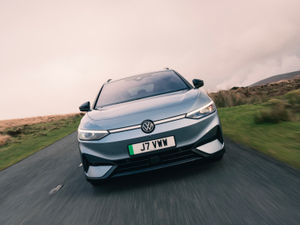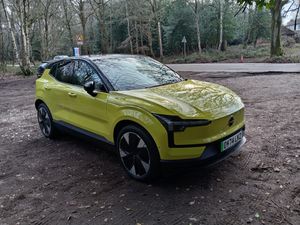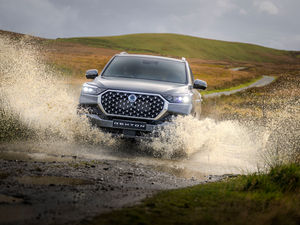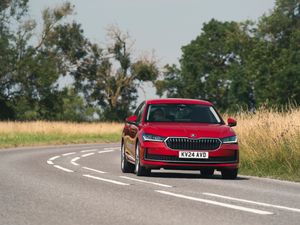First Drive: Is the Citroen Ami Buggy one of the coolest vehicles in the world right now?
Citroen’s little Ami has made a big impact on the motoring scene – can a beach-focused buggy version eclipse it? Jack Evans finds out.
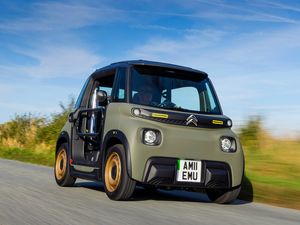
What is it?

>
Despite its incredibly compact proportions, Citroen’s Ami has made a big impact here in the UK. It wasn’t initially destined for these shores, but overwhelming demand – including over 12,000 expressions of interest – forced Citroen to bring it here. Designed for the city, it’s a little ‘quadricycle’ designed to aid mobility in busy, congested areas.
To expand on the Ami’s appeal, we’ve now got the Buggy version. Citroen says that it’s designed ‘for zero-emission micro-leisure trips’. But will it be a good option if you’re meandering along the beaches of the UK? We’ve tried it out to see.
What’s new?
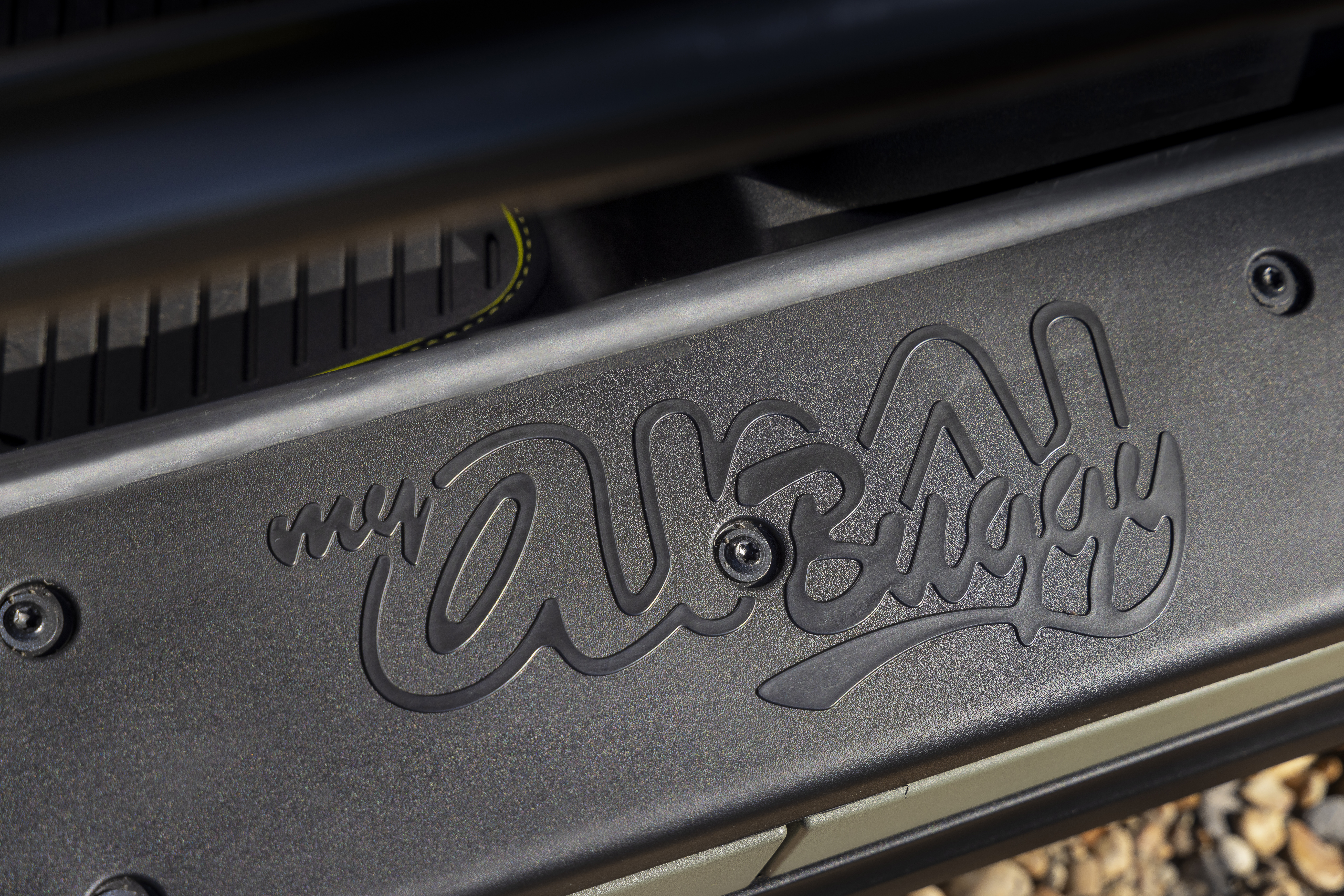
>
At present, just 40 examples of the UK have been sold in the UK and they got snapped up in less than three minutes. However, it’s more than likely that with enough demand, Citroen could bring more of these Buggy models to the UK. They follow the same basic recipe as the standard Ami, but whereas the ‘regular’ version is angled towards urban use, the Buggy is designed for more outdoors-focused adventures.
It’s got loads of upgraded touches, too. For instance, there are black protective elements with upgraded reinforced bumpers, skid plates and special wheel arch extensions as well as a compact rear spoiler. You might notice that there are no doors, either, but Citroen has included transparent rainproof covers which zip together – akin to a tent ‘door’ – and do work to help keep wind and rain at bay.
What’s under the bonnet?
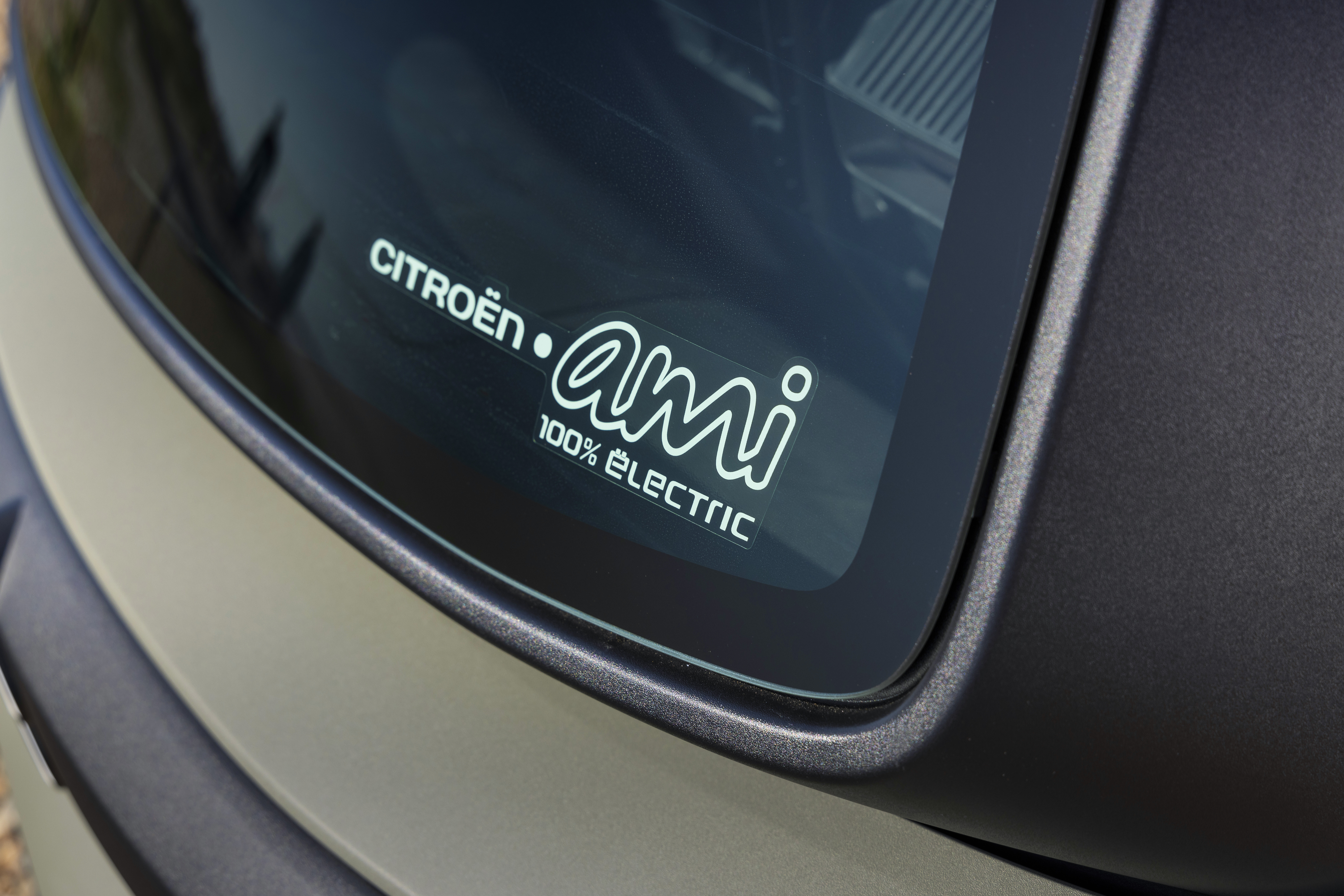
>
As with the standard Ami, you’re not getting a whole heap of performance from the Buggy. Flat-out, it’ll manage 27.9mph, so it’s really not a vehicle that you’ll want to be joining a dual-carriageway in. With a teeny-tiny battery, the Ami Buggy should manage up to 46 miles of range but thankfully because of that compact battery, it’ll only take four hours to charge up.
But this isn’t a car designed for long trips, of course. And at just 2.41m long, it is remarkably small while its 7.2 metre turning circle eclipses that offered by a London taxi which can only manage it in ‘just’ 8.5 metres. It’s actually quite hard to imagine just how incredibly small the Ami is until you see it in person.
What’s it like to drive?

>
The Buggy is a great, all-encompassing experience from behind the wheel. Naturally, with little wind protection on the sides when the plastic ‘doors’ aren’t in place it’s incredibly breezy, but that also means you’re more in touch with the sights and smells that you’re driving through. Our drive route along the East Sussex coastline meant that all kinds of nautical smells infiltrated the cabin and left it all feeling rather seaside-like – even before you step out of the cabin.
Of course, it is slow and a quick period on a national speed limit section of road left the Ami feeling a little out of its depth, but for slower roads along the coastline, it’s got more than enough. Plus, it’s quite nice to know that you’re travelling along these glorious stretches of countryside under zero-emissions power.
How does it look?
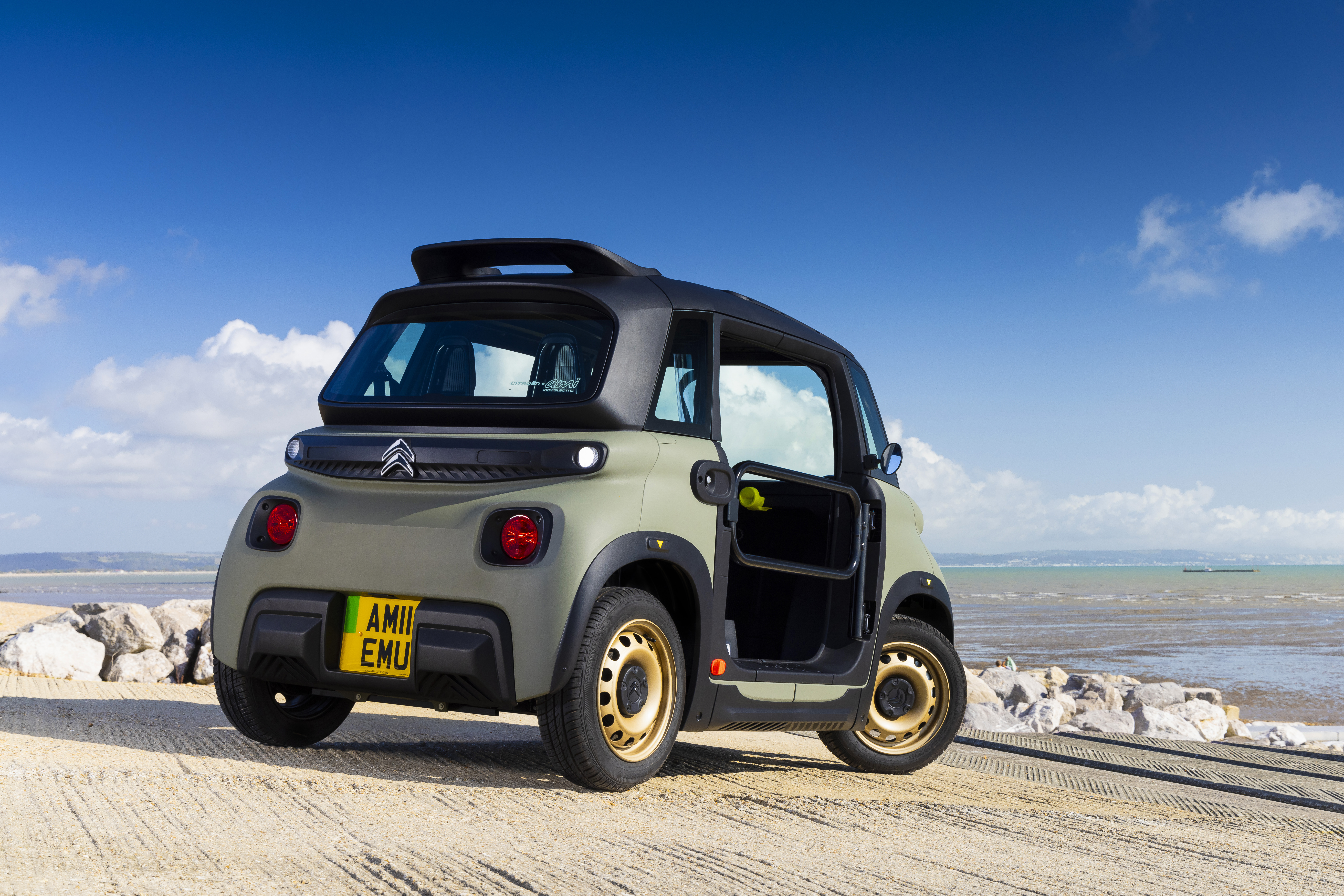
>
Even if a tip-top supercar drove alongside, we reckon that your attention would be drawn towards the Ami Buggy instead. It’s a car which has loads of character despite its small size, while this Buggy version elevates things with a variety of add-ons and clever new pieces.
During our time with the car, numerous people came across to chat about it. The bulk of the conversation revolved around why it didn’t have any doors, but the roll-out plastic covers seemed to be a bit of a hit. Wherever it goes, the Ami Buggy turns heads, that’s for sure.
What’s it like inside?
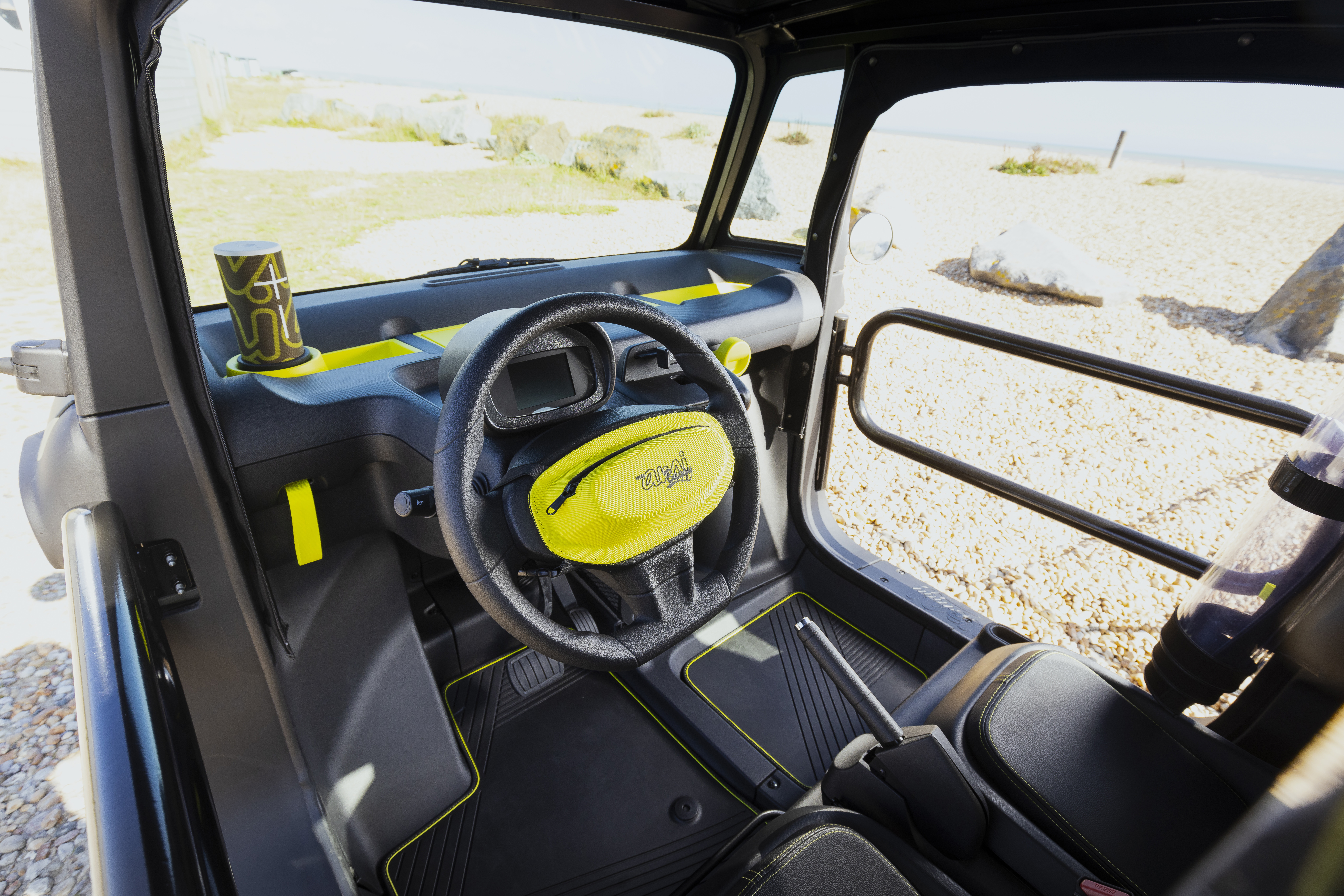
>
Everything is very functional inside the cabin of the Ami Buggy. One change has come in terms of the placement of the gear selector; on the regular Ami it’s down the side of the driver’s seat, whereas the Buggy has it located up on the dashboard. Why? Well, electronics like this don’t tend to like getting wet, so moving it was required to help keep it protected but, by coincidence, it’s now more intuitive to use.
There’s no in-built stereo, but there’s a dedicated space on the dashboard for a portable Bluetooth speaker. Plus, once you’ve finished listening to it while driving you can take it with you to the beach. You might notice that the Ami Buggy also has a waterproof fabric roof which you can roll back when the sun’s out for the full outdoors experience.
What’s the spec like?
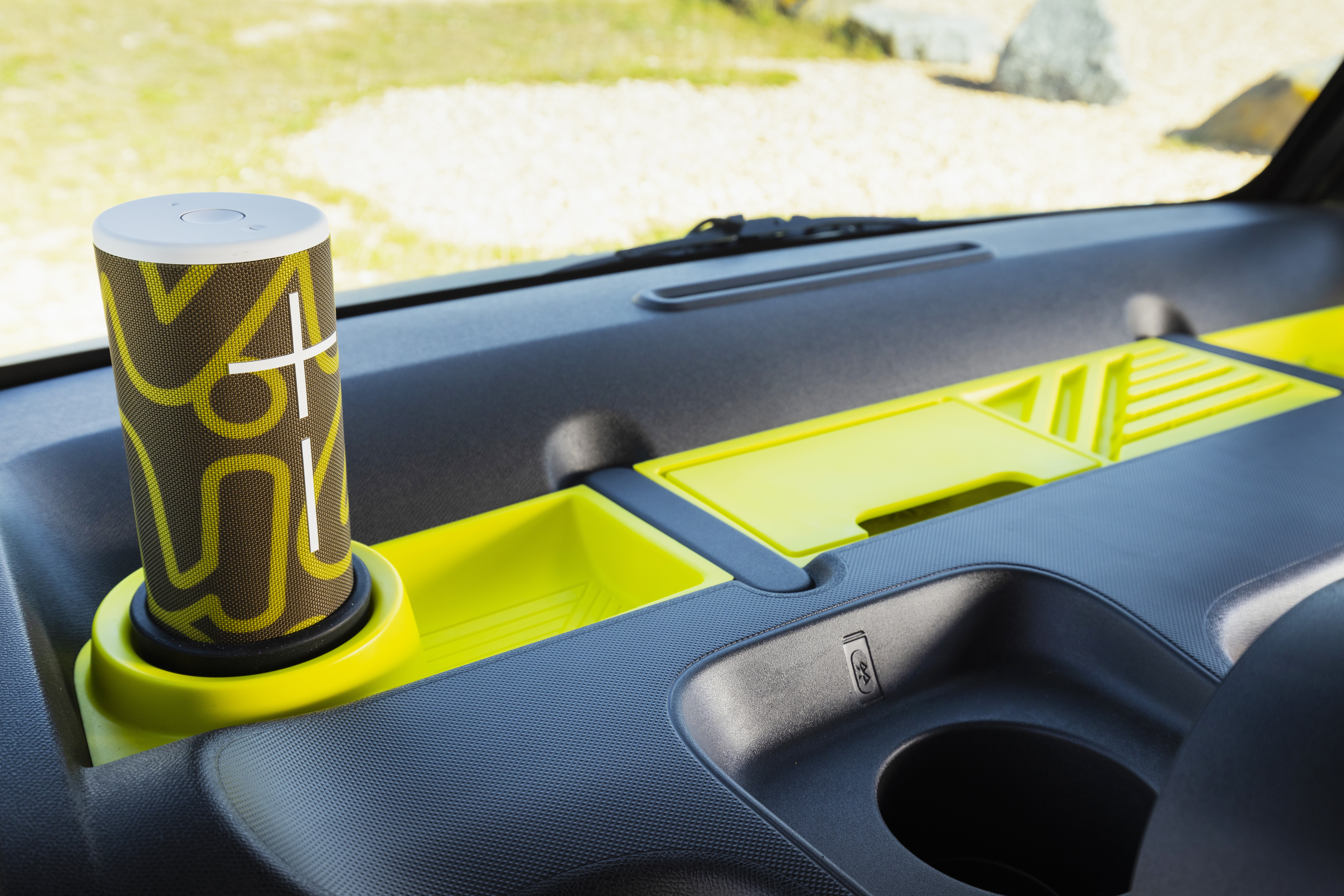
>
Obviously, there’s not a whole lot of cutting-edge technology inside the Ami Buggy. There are no screens to speak of, just a compact display to show you your speed and range. It’s all quite refreshing to experience in a motoring world which is hell-bent on putting as many digital displays into a cabin as possible. You’re free to just enjoy the view and trundle along.
However, there are some useful touches. There’s a cradle for your smartphone so you can use it for satellite navigation while a single USB socket means you can keep your phone – or the in-car speaker – topped up while you’re on the move. Citroen has also fitted a storage bag which fits on the steering wheel, but this actually makes the wheel a little less comfortable to use than usual – so we’d probably keep it separate.
Verdict
With just 40 in the UK, the Citroen Ami Buggy is going to be a rare sight. However, it’s a vehicle which has loads of scope for expansion; for example, we could see it being put to great use as a hire vehicle in beach areas where mileage is low and parking is at a premium. A fleet of buggies could transport people with far less impact than an equivalent amount of cars, while the time to charge them up means they could be turned around for new users very quickly.
The Buggy is a great alternative to ‘traditional’ mobility. Sure, it’s not going to be great for high-mileage drivers, but in coastlines and country parks – where having minimal impact on the environment is crucial – we could see it making a real difference.

